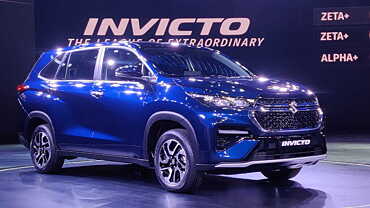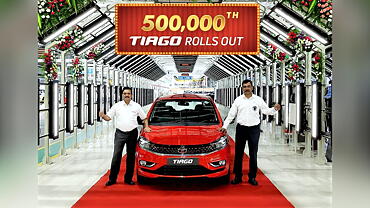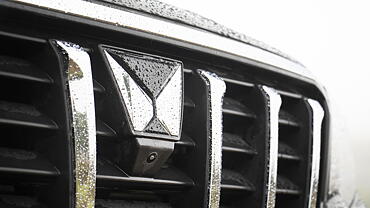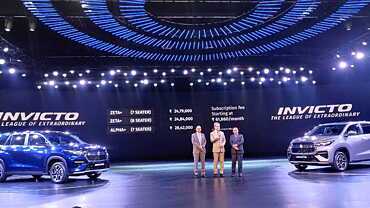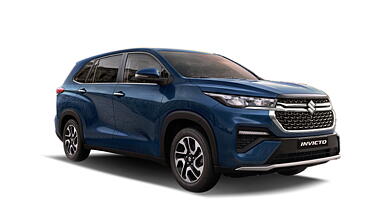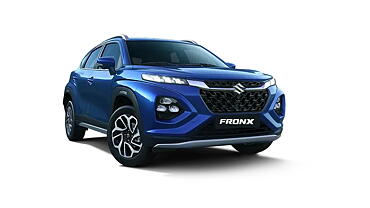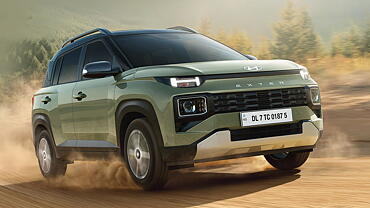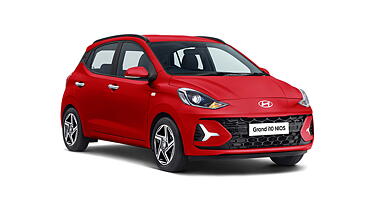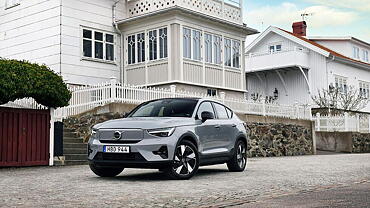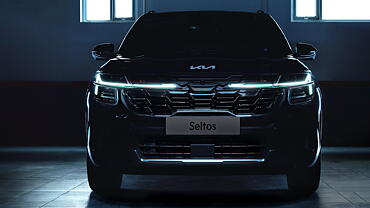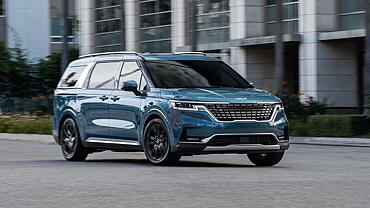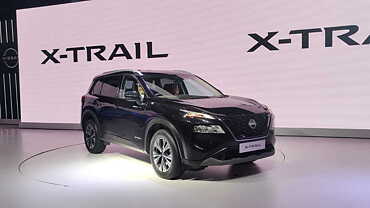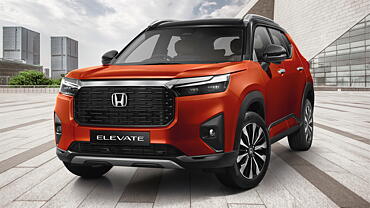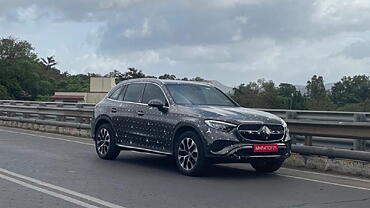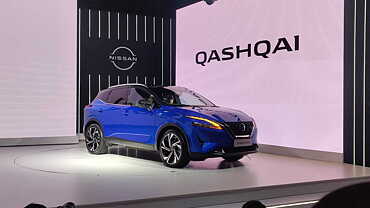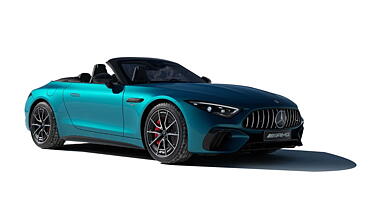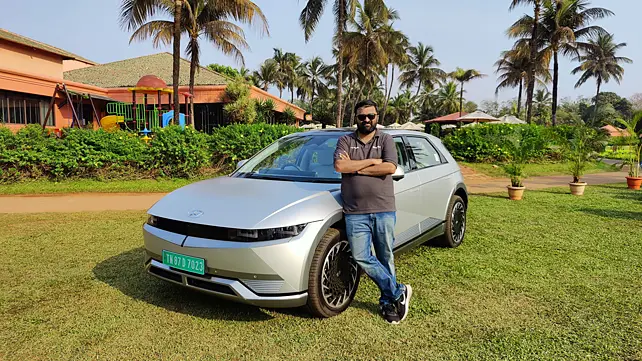
Why I would buy it?
- Range
- Features
- Interior space
Why I would avoid it?
- Charging infrastructure
- Not a luxury badge
What is it?
This is the Ioniq 5, Hyundai’s first-ever BEV. It was launched at the 2023 Auto Expo with a price of Rs 44.95 lakh (introductory ex-showroom for the first 500 buyers). It’s available as one fully loaded RWD variant with three exterior colour options and one interior colour option. It is Hyundai’s rival for the BMW X1, Mercedes-Benz GLA, Audi Q3 and Volvo XC40, all entry-level models of big luxury brands. That means, the Ioniq 5 has got to look special, have a lot of features and of course, be fun to drive. It’s also got to be aspirational like the rest of its competition.

How is it on the inside?

Step into the cabin of the Hyundai Ioniq 5 and just like the exterior, it feels like a cabin of the future that someone imagined 35-40 years ago. Despite that reference, it looks and feels very contemporary and unique. Yes, it has some familiar Hyundai elements that tell you what car you are sitting in, yet also gives us an idea of what Hyundai will want from its car in the future. With a wheelbase of 3.0 metres, it’s the largest in its class. Step into the front seats and you instantly notice a large amount of space all around in terms of headroom, leg room and even knee room. The white ambience and large glass house all around make this a very spacious cabin.

The highlight of the dashboard is of course the dual digital displays, of which, the left one is the infotainment system and the one on the right is a bright and colourful instrument cluster with a wealth of information. Because there is no transmission tunnel, you get a moveable centre console providing you with additional legroom and some amount of knee room. Everything looks and feels nice in the front with high-quality surfaces made from using recycled materials.

The second row is equally spacious with power adjustment for the seat back for both the 60 and 40 sections. There’s a good amount of headroom, legroom and knee room with the seats in my driving position but under-thigh support is less due to the large battery pack that’s under the rear seats. The auto-opening boot is large and wide but with a high-loading lip and limited space in terms of depth due to electric components being packed down there.
What about comfort, convenience and features?

As a part of the deal, you get climate control, all four power seats with recline function for the rear occupants, dual digital HD quality displays, power tailgate, Bluelink connected car technology with over 60+ features, wireless charger and Bose surround sound system with nine speakers. You also get a comprehensive Level 2 ADAS suite with features like various collision warnings, lane assist, cross-traffic alerts, rear occupant alerts and even a safe exit alert. On the safety front, you get six airbags, ABS with EBD, hill start assist, tyre pressure monitoring system and ISOFIX child seat mounting points.
Is it fun to drive?

Powering the India-spec Ioniq 5 is a 72.6kWh battery pack mated to a permanent synchronous motor. The powertrain output is 216bhp/350Nm and is channelled to the rear wheels via a single-speed transmission. Hyundai has announced an ARAI range of 631km on a single charge.

Off the bat, the Ioniq 5 is fast and addictive with a proper push-back in-seat experience, both in the full-fat sport mode and the normal mode. Hyundai claims a sportscar-like 7.6 seconds for the 0-100kmph sprint and we have no doubt that it will achieve that number when we attach our test equipment once we get the car for more time. The in-gear roll too is impressive with a large amount of performance available almost instantly and in an unrelenting manner. The feel from the steering is pretty decent and you get a good idea of what’s going on with the wheels. But like most Hyundai cars, you are always left desiring just that little more response.

A recurring feature for EVs is regen which Hyundai offers via its i-Pedal setup. You get three levels of regeneration and at the highest level, you can achieve a one-pedal driving experience thanks to the almost intrusive way the regen works in this setting. While this punch from the engine is addictive, everyday driving will see most buyers stick with the Eco mode which provides power in a very linear and sedate manner. This combined with the highest level of regeneration is expected to provide maximum recharge for the batteries.

As a car to drive, the Ioniq 5 doesn’t look very large when you are outside but feels very wide once you get behind the wheel. On the narrow roads of Goa where we had a chance to sample the car, it felt positively massive especially when we had to pass trucks and the likes going in the opposite direction. Despite the massive 20-inch wheels and 255/45 section tyres, it rode really nicely taking everything in its path without much of a struggle and this combined with the high ground clearance should make it effortless to drive in terms of keeping your pace constant.

Most importantly, our time with the car, gave us the impression that this one feels just as powerful, fun to drive and aspiring to want to be in as much as any of its more luxury marquee rivals. Hyundai may not yet have the brand value like them with regard to the luxury segment but this kind of driving experience does show that they are moving in the right direction.
What’s the deal with charging?

Globally, the Ioniq 5 can be juiced up from 10-80 per cent in just 18 minutes using an ultra-high-capacity 350kW DC charger. Hyundai themselves have undertaken an ambitious plan to set up charge parks with 150Kwh ultra-fast DC chargers and 60Kwh high-speed chargers that would charge the Ioniq 5 in 21 minutes and 57 minutes respectively. At the time of writing this review, they had announced plans to set up 10 such locations in the calendar year 2023. All Hyundai dealerships will also have charging facilities. The company will also offer two complimentary home chargers, 3.3kW and 11kW.
Should you buy one?

Our look at the Ioniq 5 has answered the questions concerning whether it is a worthy competitor for the entry-level luxury segment. It’s got the features, performance, space, green credentials and even the looks if you want something that stands out in the crowd. However, the Ioniq 5’s core is also its major drawback. Yes, our charging infrastructure is improving with every passing year but it’s still not strong enough to let you use an EV without having to plan out your routes and driving experiences daily, and this is despite the massive theoretical range and Hyundai’s very own efforts in adding to the charging infrastructure.






